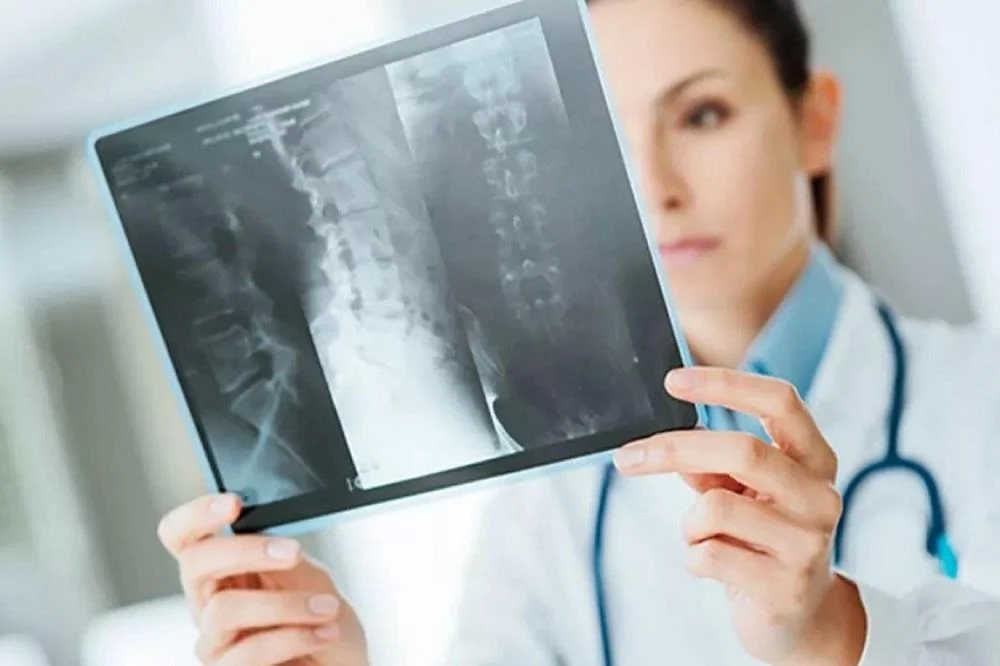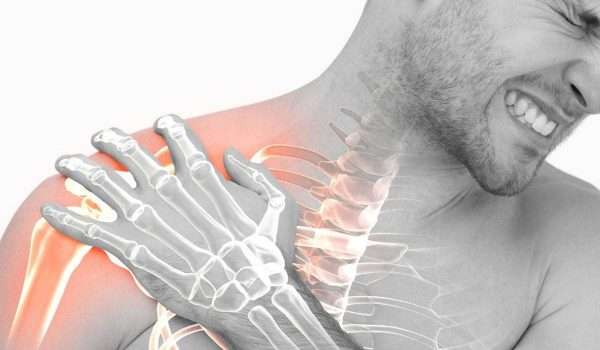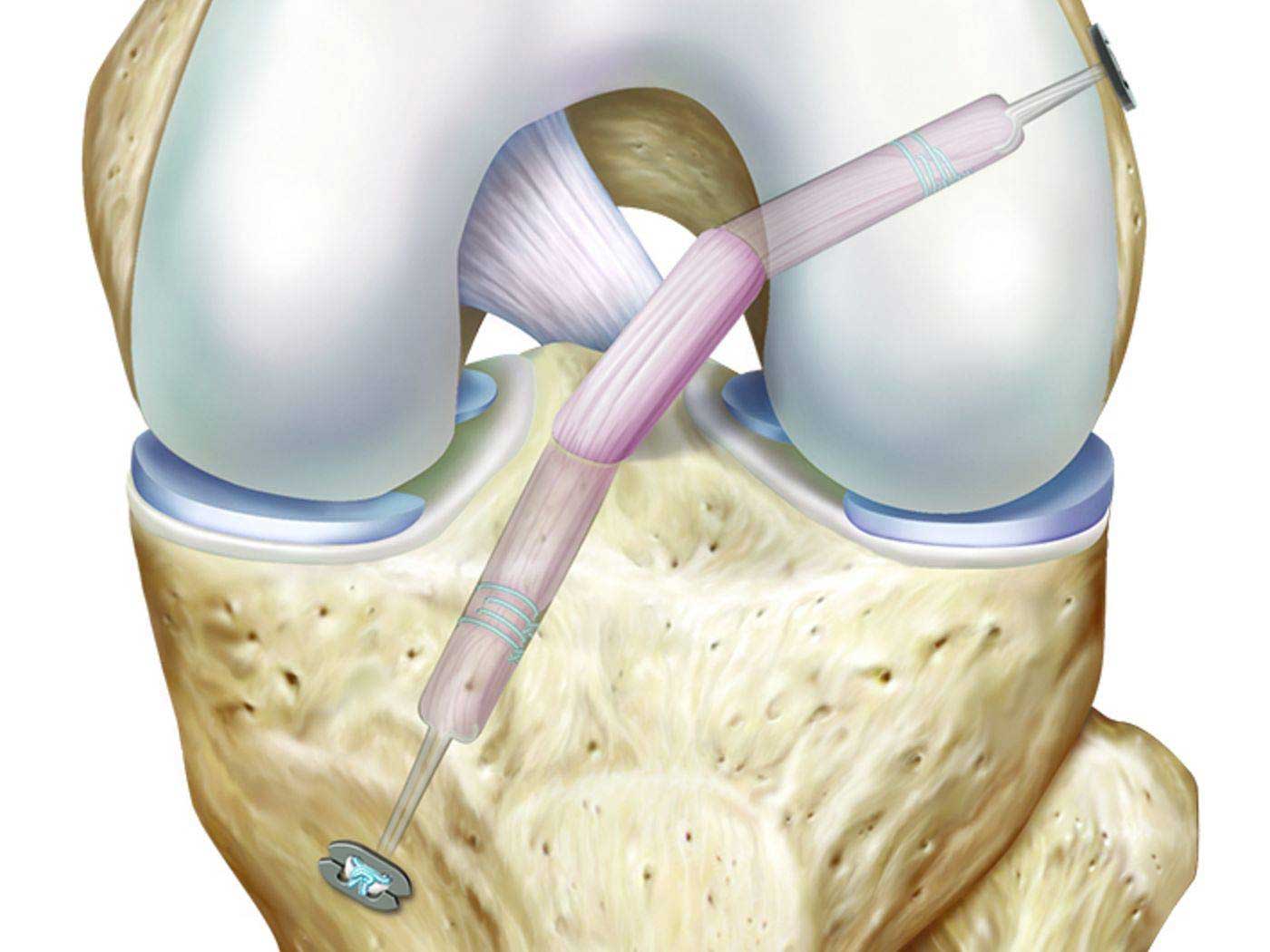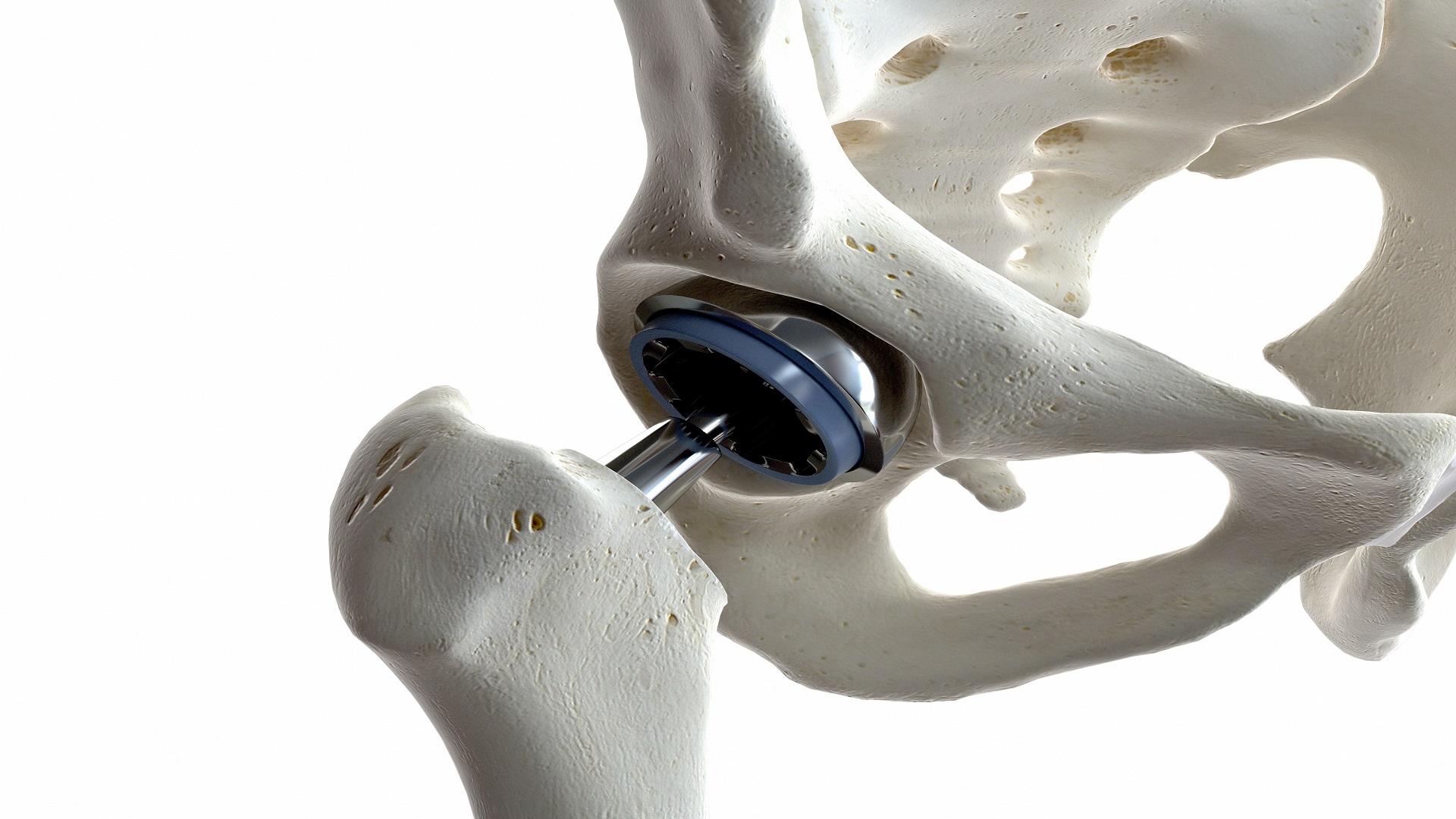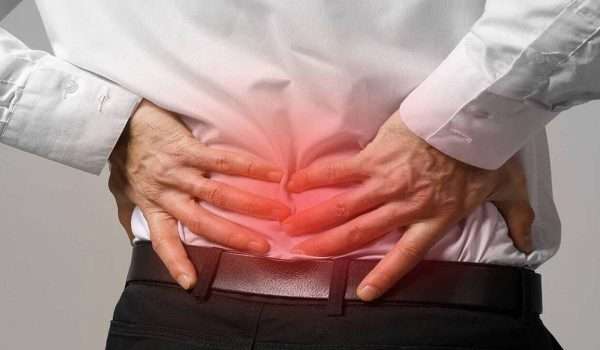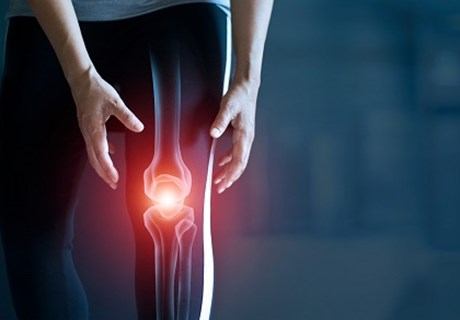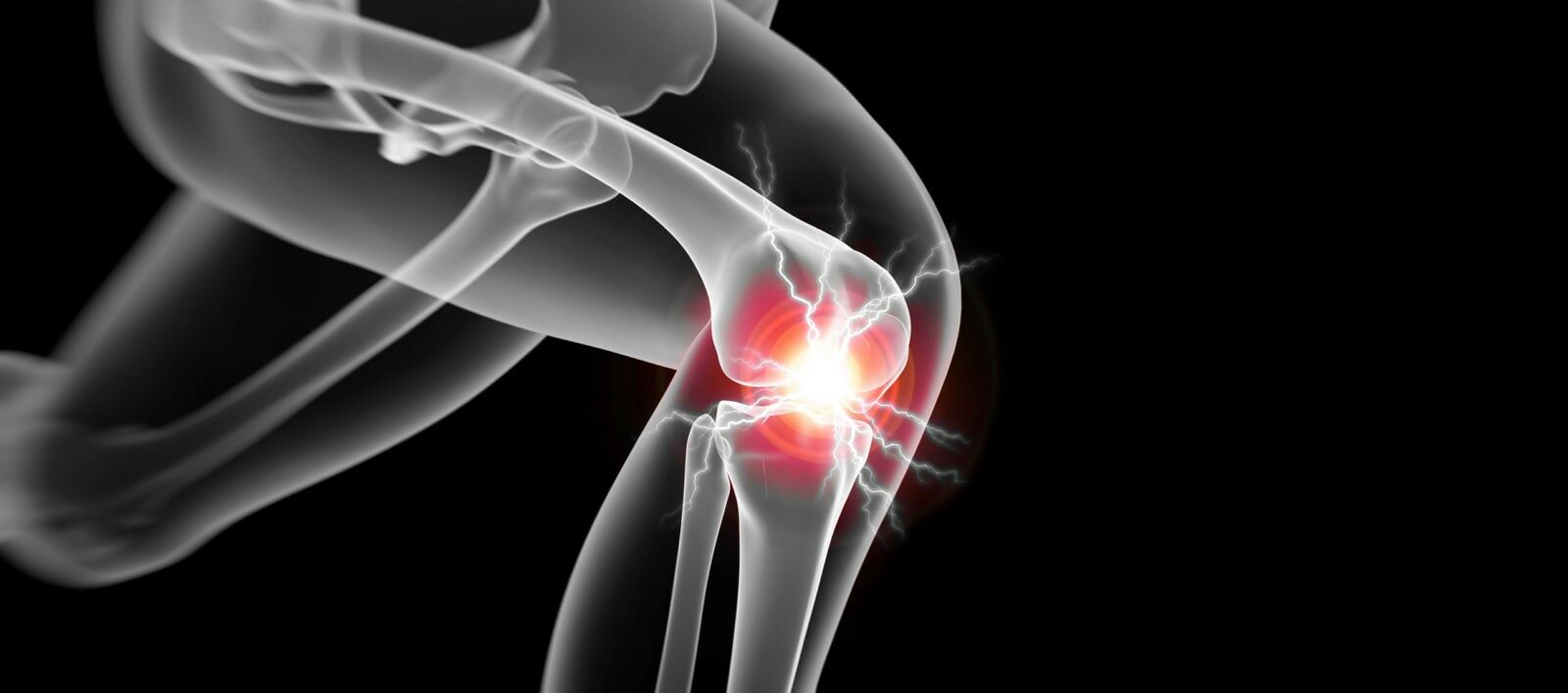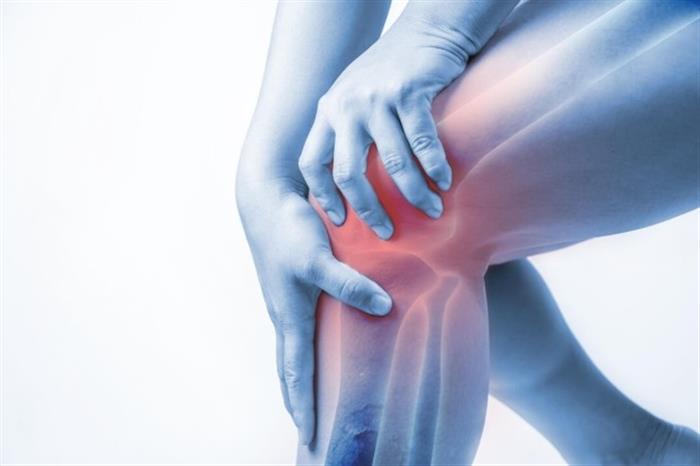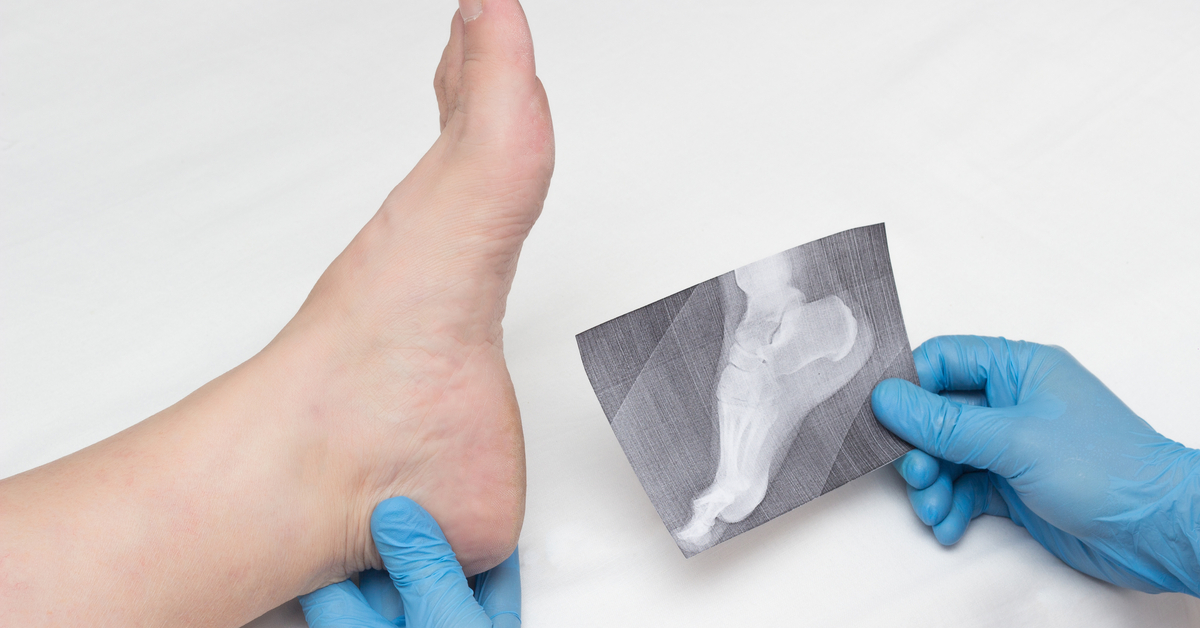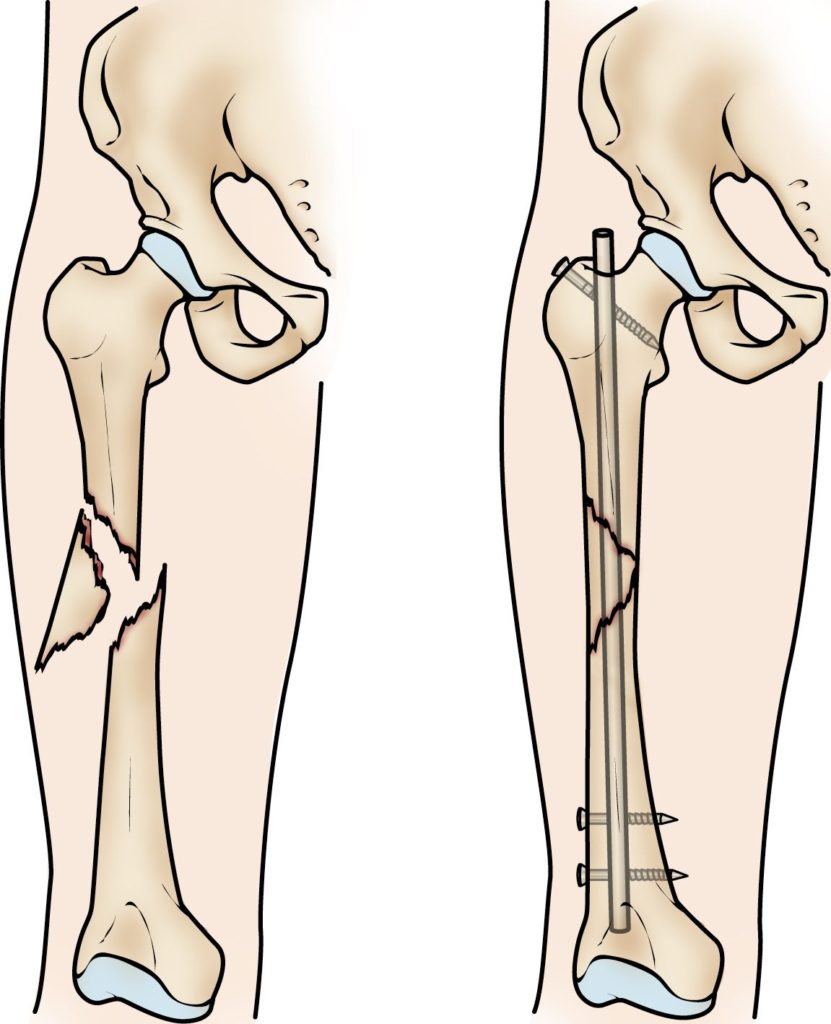?Cost of shoulder arthroscopy surgery and how is this surgery performed
Cost of Shoulder Arthroscopy, Shoulder arthroscopy is a vital surgical procedure for treating shoulder problems, which may include tears resulting from sports injuries or gradual tissue degeneration. In this article, we will explore the topic of the cost of shoulder arthroscopy, an important issue that concerns many individuals suffering from shoulder problems. We will provide details on the expected cost of the procedure, as well as the factors that influence these costs.
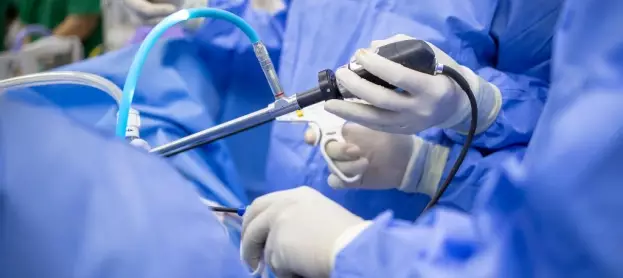
Cost of Shoulder Arthroscopy
Shoulder arthroscopy is considered a precise and important surgical procedure performed to treat diseases and injuries in the shoulder joint. The cost of shoulder arthroscopy in Egypt varies according to several different factors, and there is no fixed price that can be applied to all medical centers. The prices related to shoulder arthroscopy in Egypt range from 40,000 Egyptian pounds to 90,000 Egyptian pounds.
However, it should be noted that the cost of the procedure can vary from one medical center to another, based on various factors that determine the final price of the procedure. Among the factors that affect the cost of shoulder arthroscopy in Egypt is the expertise of the surgeon performing the procedure.
Consult Dr. Amr Amal to explore the latest and most advanced treatment options for shoulder arthroscopy.
What is Shoulder Arthroscopy?
Shoulder arthroscopy is a surgical procedure that uses a small camera, called an arthroscope, to diagnose and treat injuries and medical conditions in the shoulder joint. This surgical procedure is an effective solution for treating rotator cuff tears, biceps tendon tears, and labrum tears. Arthroscopic technique is a modern innovation in the field of surgery, as it allows the specialized physician to access the affected area using small incisions.
These small incisions minimize damage to the surrounding muscles and ligaments, and significantly shorten the recovery time. The main conditions treated with shoulder arthroscopy include frozen shoulder, sports-related injuries, and dislocations. When diagnosing a frozen shoulder case, the camera inside the shoulder arthroscope is used to display the anatomical images on a screen, which helps the surgeon in diagnosing the problem and designing the appropriate surgical plan.
Shoulder arthroscopy is performed under the influence of anesthesia, and the appropriate type of anesthesia is chosen based on the patient’s condition, which may be local or general anesthesia, depending on the physician’s assessment.
Discover how Dr. Amr Amal can provide you with personalized and professional care during your shoulder arthroscopy procedure.

How is Shoulder Arthroscopy Performed?
Shoulder arthroscopy is a modern surgical procedure used to treat torn shoulder tendons and repair damaged tendons. It is an effective procedure that requires making small incisions in the skin to insert the necessary tools. The surgeon inserts a small camera and slender instruments through these incisions to control and perform the procedure. Now, let’s take a more detailed look at the steps of shoulder arthroscopy:
- Preparation: Before starting the procedure, the patient is given the appropriate anesthesia for the targeted area. This may involve local or general anesthesia, depending on the recommendation of the treating physician and the patient’s condition.
- Inserting the Arthroscope: The procedure begins with the insertion of the miniature camera through the small incisions made in the shoulder area, and the camera is focused on the shoulder joint to provide a clear image on the screen that the surgeon can observe clearly.
- Diagnosis and Monitoring: The surgeon uses the camera to diagnose the condition of the shoulder and identify the damaged tendons. The surgeon can control the position and movement of the camera to achieve the best possible view.
- Repair Procedure: After the diagnosis, the surgeon begins inserting the necessary tools to repair the damaged tendons. Special tools such as small clamps and scissors may be used to repair the tears and secure the tendons in their proper position.
- Additional Exploration (if needed): In some cases, the surgeon may require additional intervention to solve another problem or repair additional damage to the shoulder. This decision is made based on the surgeon’s assessment of the situation and the patient’s condition.
- Exit and Post-Operative Care: After completing the shoulder arthroscopy procedure, the instruments are removed, and the small incisions are closed with stitches. The patient may be allowed to leave on the same day, or may require a short stay in the hospital for monitoring and necessary care.
Benefit from Dr. Amr Amal’s experience in performing shoulder arthroscopy procedures with precision and safety.
Indications for Shoulder Arthroscopy
Shoulder arthroscopy is one of the surgical procedures that an orthopedic surgeon may resort to when shoulder injuries are difficult to heal with just medication or physical therapy. This procedure is considered an effective and safe solution for the treatment of some conditions related to shoulder problems. Here, we will shed light on some common indications for resorting to shoulder arthroscopy:
- Rotator Cuff Tears: These tears are considered one of the most common problems that can affect the shoulder and usually cause severe pain and limitation of shoulder movement. In such cases, medication may not be sufficient to restore the normal functions of the shoulder, and here comes the role of shoulder arthroscopy for accurate diagnosis and repair of these tears.
- Shoulder Injuries, Damage, and Fractures: If there is a severe injury to the shoulder, it may be necessary to resort to shoulder arthroscopy to assess the actual extent of the damage and take the necessary measures. Shoulder arthroscopy can provide clear images of tears or fractures in the shoulder bone structure, allowing the surgeon to determine the best treatment plan for the patient.
- Recurrent Shoulder Dislocation: Some people may suffer from the problem of recurrent shoulder dislocation, which is a condition accompanied by the shoulder slipping out of its natural place. In cases of recurrent dislocations, doctors may resort to shoulder arthroscopy to assess whether there are tendon tears or weak stabilizations in the shoulder causing this persistent problem.
- Infections and Tumors: Sometimes chronic inflammation may develop in the shoulder, requiring accurate assessment and appropriate treatment. Shoulder arthroscopy may be used to detect inflammation and tumors of the cartilage and other soft tissues, thus facilitating the surgeon’s access to the problem area and achieving the best treatment results.
- Accurate Diagnosis and Evaluation: In addition to the specific indications that require resorting to shoulder arthroscopy, this procedure is also used in precise diagnostic processes for various shoulder abnormalities. Doctors can use shoulder arthroscopy to visualize the internal structures and verify any changes or damage, which helps them develop the optimal treatment plan.
Book a consultation session with Dr. Amr Amal to evaluate your condition and discuss the available treatment options for shoulder arthroscopy.

What is the Success Rate of Shoulder Arthroscopy?
Shoulder arthroscopy is a procedure that is performed using a tool known as an “arthroscope”, which contributes to the diagnosis and treatment of problems and injuries that may affect the shoulder joint. Shoulder arthroscopy is considered a non-traditional surgical procedure, as it involves inserting the arthroscope through a series of small incisions in the shoulder.
This allows the surgeon to access the shoulder joints and verify their condition, and perform the appropriate treatment. The success rate of shoulder arthroscopy is generally estimated to be over 95%, and some studies indicate that this rate can reach even higher levels, but this depends on the degree of joint injury and the location of the injury.
Achieving a high success rate requires the procedure to be performed by a skilled and experienced surgeon, as the results are calculated based on the surgical technique used and the quality of the necessary follow-up care. There are many factors that can be taken into account to achieve a high success rate for shoulder arthroscopy.
Learn about the expected cost of shoulder arthroscopy through a consultation with Dr. Amr Amal.
What are the Complications of Shoulder Arthroscopy?
Shoulder arthroscopy is a well-known and effective surgical procedure used to diagnose and treat injuries and medical conditions in the shoulder joint. Although it is generally considered a safe and effective procedure, there are some rare complications that may occur, and you should be aware of them. Here is a list of some potential complications of shoulder arthroscopy:
- Tendon Damage: Damage to the tendons may occur during the insertion of the arthroscope into the joint, and attempts to load the tendons during surgery can also lead to their damage. Severe damage may require the involvement of more experienced surgeons to repair the damage.
- Bleeding: Bleeding in the joint may occur during the surgery, and this may require additional intervention to stop the bleeding and dry the joint.
- Inflammation and Infection: Infections may develop in the joint as a result of the surgery, which can lead to persistent pain and swelling in the area around the joint. Inflammation can be treated with non-steroidal anti-inflammatory drugs and proper wound care, but in the case of infection, additional surgery may be necessary to remove the infection.
- Blood Vessel Obstruction: Obstruction of blood vessels in the joint or the surrounding area may occur as a result of the surgical procedure, and this may be associated with symptoms such as pallor and coldness in the affected area, requiring additional treatment to restore normal blood flow.
- Scar Formation and Adhesions: Scars and adhesions may form in the joint area after surgery, and this may affect joint mobility and cause stiffness and reduced flexibility. Severe cases may require physical therapy to improve movement and flexibility.
Regardless of the potential complications, shoulder arthroscopy remains an effective and common procedure for diagnosing and treating joint problems, and the surgeon should carefully evaluate the condition and discuss the potential risks with the patient before performing the surgery.
Consult Dr. Amr Amal to receive his specialized advice on how to prepare for shoulder arthroscopy and what to expect after the procedure.

Results of Shoulder Arthroscopy
Shoulder arthroscopy is a precise surgical procedure used to diagnose and treat a variety of conditions, including fractures, tears, and tendon inflammation. After the procedure, the doctors can provide a comprehensive report on the condition of the shoulder and the expected results for the patient.
Positive results may include improved shoulder mobility, pain relief, and overall functional improvement for the patient. However, some cases may require a longer period of recovery, and the healing time may vary depending on the type and severity of the injury, as well as other factors. It is important for the patient to follow the post-operative care instructions and undergo physical therapy sessions if required, to ensure the best possible outcome.
Connect with Dr. Amr Amal to benefit from the latest techniques in shoulder arthroscopy and achieve the best results.
Shoulder Pain After Arthroscopy
After undergoing shoulder arthroscopy, the patient may experience very mild pain, however, this pain can be easily managed by using simple pain relievers. One of the things that can provide relief is the use of an arm sling, as it provides support to the shoulder and helps reduce pressure on the areas where the surgery was performed.
Most cases of recovery after shoulder arthroscopy are very quick, but it may be beneficial to take a week of rest to allow the body to heal properly. After the dressing is removed from the surgical site, the patient can shower, but should avoid sitting in a bathtub for at least 3 weeks after shoulder arthroscopy to allow the wound to heal properly without any negative effects.
It is common for patients to experience swelling and discomfort in the shoulder for several days or a week after the shoulder arthroscopy procedure, and these symptoms are considered normal and expected, gradually returning to normal during the recovery period. It is important to note that if any unusual symptoms or worsening of pain occur, the patient should consult the treating physician to check for any complications.
Book your appointment now with Dr. Amr Amal to start your specialized treatment journey for shoulder arthroscopy.

Post-Operative Tips for Shoulder Arthroscopy
After undergoing shoulder arthroscopy, doctors provide a set of important tips to help patients recover in a safe and timely manner. Here are some exclusive and useful tips for the post-operative period of shoulder arthroscopy:
- Adequate Rest: One of the most important tips in the period after shoulder arthroscopy is to get enough hours of sleep at night and take rest breaks during the day when feeling tired, as rest accelerates the healing process and allows the body to recover more quickly.
- Sleeping on Reclined Chairs: It is preferable for the patient to sleep on a reclined chair after the surgery instead of sleeping on their back, as sleeping on the back can cause tension on the surgical area and lead to discomfort.
- Keeping the Wound Clean: It is important to pay attention to keeping the wound clean after the surgery and keeping the clothes clean and dry, unless the wound becomes moist or too tight due to swelling. It is recommended to leave the dressings in place for at least two days, and replace them only if they become wet or dirty.
- Adhering to Specified Sleep and Sitting Positions: The patient must adhere to the specified positions for sleeping and sitting that are communicated by the medical team, and should refrain from performing any excessive movements of the shoulder until the joint regains its normal mobility gradually.
- Attention to Therapeutic Exercises: After a short period of time following the surgery, the patient can begin performing light therapeutic exercises to strengthen the shoulder muscles and restore the normal range of motion of the joint, but these exercises should be performed under the supervision of a specialized physician and according to the correct guidance.
- Adherence to Medication: Medication therapy is an important part of the recovery process after shoulder arthroscopy, and the patient must strictly follow the doctor’s instructions regarding the timing of taking medications or the specified dosages.
- Gradual Return to Daily Activities: The patient should gradually return to daily activities after the recovery period, taking care not to overexert the affected shoulder, and this should be
Patients must adhere to these tips and guidelines to ensure a quick and healthy recovery after shoulder arthroscopy surgery. It is important to rest and avoid excessive stress to prevent any potential complications. Always remember to consult the treating physician if there are any problems or inquiries regarding the recovery process.
Discover how Dr. Amr Amal can help you regain shoulder health and mobility through shoulder arthroscopy.
Who is the best shoulder surgery doctor in Cairo?
Dr. Amr Amal is one of the best orthopedic and joint surgery doctors in Cairo, known for his extensive experience and excellence in shoulder surgery. His specialization in this field is one of his prominent characteristics that has earned him great respect in the medical community. Dr. Amr Amal boasts a record of successes and achievements in treating and diagnosing shoulder surgery cases.
He provides services to a large number of patients and has been highly praised for his skill and mastery in this field. Dr. Amr Amal excels in efficiency and precision in performing shoulder surgeries, whether they are acute or chronic injuries. He offers patients accurate diagnosis and innovative, effective treatments to alleviate pain and restore shoulder function naturally.
Dr. Amr Amal relies on the latest techniques and equipment to achieve optimal results and provide outstanding healthcare to patients. He works closely with a specialized and experienced medical team to ensure comprehensive and tailored care to meet each patient’s needs. Additionally, he prioritizes building a close and sustainable relationship with patients, carefully listening to their problems and needs, and providing necessary support throughout the treatment period.



